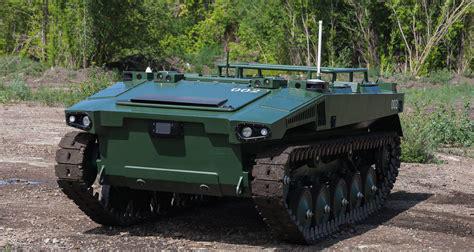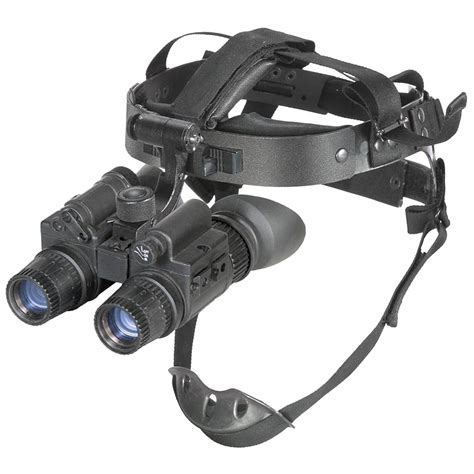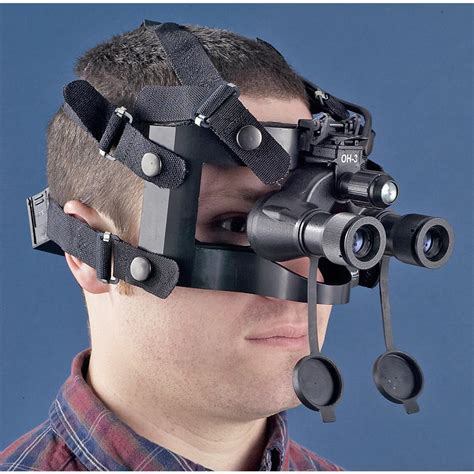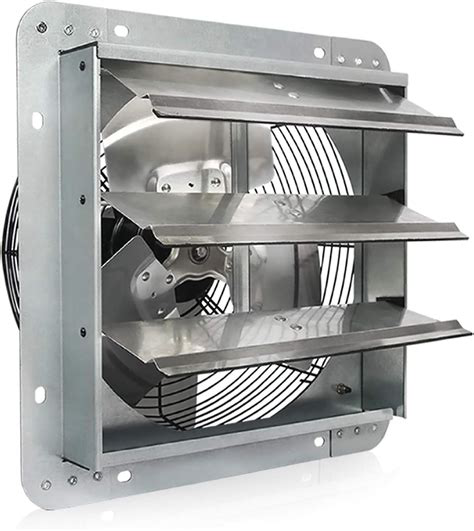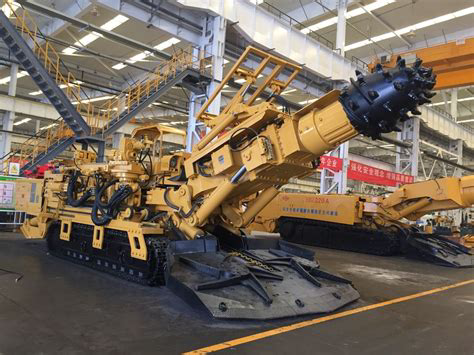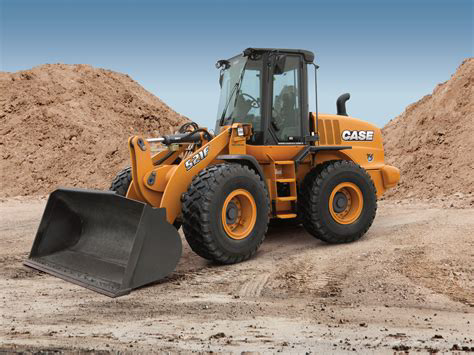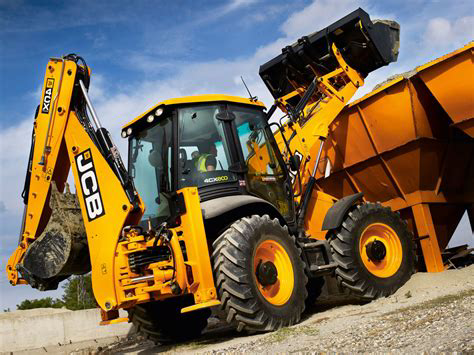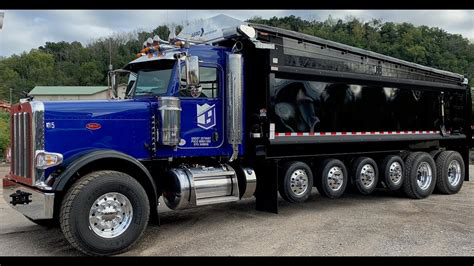Introduction:
Unmanned Ground Vehicles (UGVs) have emerged as a transformative force in various industries, revolutionizing tasks that once required human intervention. This article explores the evolution, applications, and future prospects of UGVs as they navigate and redefine the landscape of autonomous mobility.
1. The Genesis of Unmanned Ground Vehicles:
Trace the roots of UGVs, from early remote-controlled devices to the sophisticated autonomous systems of today. Explore the initial applications in military and industrial sectors that laid the groundwork for broader adoption.
2. Military Applications:
Examine the pivotal role of UGVs in military operations, ranging from reconnaissance and surveillance to explosive ordnance disposal. Discuss how autonomy enhances military capabilities and reduces risks to human personnel in challenging environments.
3. Industrial and Commercial Use Cases:
Explore how UGVs have transitioned into various industrial sectors, including agriculture, construction, and logistics. Highlight their role in automating repetitive tasks, improving efficiency, and enhancing overall productivity.
4. Autonomous Navigation and Sensing Technologies:
Delve into the technologies powering UGVs, including LiDAR, radar, cameras, and advanced algorithms for autonomous navigation. Discuss how these sensing technologies enable UGVs to perceive their surroundings and make real-time decisions.
5. Challenges and Solutions:
Address the challenges facing UGV adoption, such as safety concerns, regulatory hurdles, and the need for robust cybersecurity. Discuss ongoing research and innovations aimed at overcoming these challenges and ensuring the reliability of UGVs.
6. Emerging Trends: Swarm Robotics and Collaboration:
Explore the concept of swarm robotics, where multiple UGVs collaborate intelligently to accomplish complex tasks. Discuss how swarm robotics can revolutionize industries by providing scalable and adaptable solutions.
7. Urban Mobility and Last-Mile Delivery:
Examine the role of UGVs in urban environments, particularly in last-mile delivery solutions. Discuss the potential impact on reducing traffic congestion, lowering carbon emissions, and improving the efficiency of delivery services.
8. Ethical Considerations and Regulation:
Address ethical considerations related to UGVs, including concerns about job displacement, privacy, and the ethical use of autonomous technologies. Discuss the importance of regulatory frameworks to ensure the responsible deployment of UGVs.

